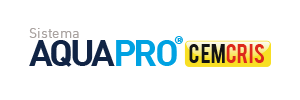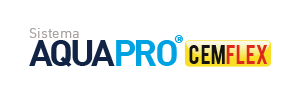CEMENT BASED WATERPROOFING SYSTEMS
Systems principally used in the waterproofing of underground structures subject to constant hydrostatic pressure (Positive / Negative), of variable intensity and contact with chemical agents present in subsoil water.
- Positive hydrostatic pressure: hydraulic pressure exercised on a waterproofing solution which has been applied on the side of the element in direct contact with the water.
- Negative hydrostatic pressure: hydraulic pressure exercised on a waterproofing solution which has been applied on the opposite side of the element to direct contact with the water.
The characteristics of these waterproofing solutions can be summarized in the following table:
Positive Hydrostatic Pressure |
Negative Hydrostatic Pressure |
|
Advantages |
|
|
Disadvantages |
|
|
Although they offer very different characteristics, the majority of existing products and waterproof membranes are suitable for positive waterproofing
AQUAPRO® CEMCRIS are WATERPROOFING SYSTEMS based on cement based mortars with chemical additives which, following their mineralization in the capillary system of the concrete, react with the calcium hydroxide present in the cement, forming crystalline structures which block the transmission of water at depth, via the concrete capillary system.


